South of Rome, reachable in less then two hours by car, Ciociaria surpreses for its beautiful villages rich of culture and legends, the history has passed between its mountains and valleys. Famous to be the region of Anagni, the city of the Popes, and Fiuggi with its thermal baths, Ciociaria is still little known, but it hosts many hidden gems, perfect to be discovered in a daily trip from the eternal city.

Alatri, the megalithic walls of Ciociaria
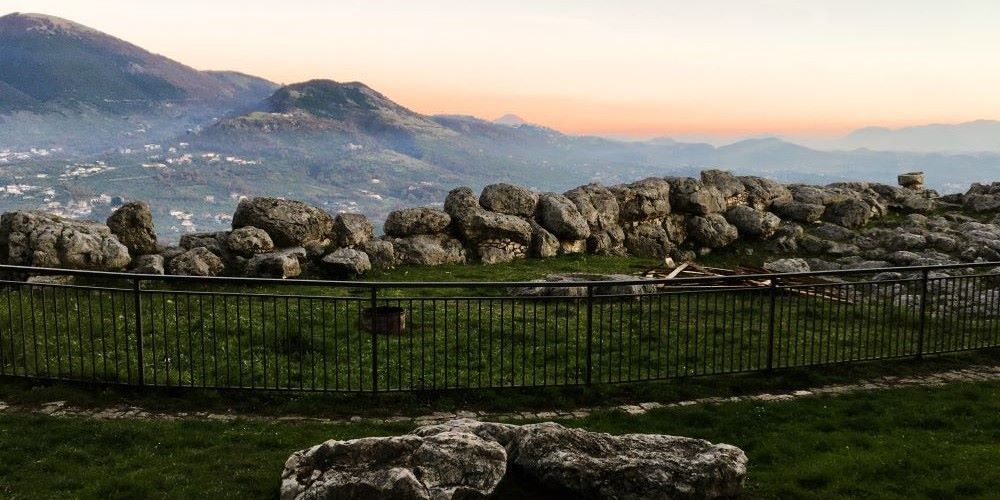
Ciociaria Alatri
Founded by the Hernici populations in the 7th century BC, Alatri is known as the City of Cyclops because of its megalithic walls, one of the best example of ancient architectures in Italy, whose origins remain unknown. The territory of Alatri has been populated since the 2nd millenium b.C., and it is attested by the pre-Roman acropolis bordered by huge poligonal concentric walls made in limestone, with a leight of 2 km. An archeo-astronomic theory claims the acropolis and its walls represent a sky map, even though they were probably built following the shape of the hill.
Anyhow, Alatri walls surprise for their height till 9 meter per stone and to be set together without using any lime, remembering the most famous megalithic walls in Perù. The main gate to the acropolis, Porta Maggiore, is surmounted by a monolit of 27 tons, the second biggest in Europe, which has become the symbol of megalithic cities of southern Lazio.
Fumone, the legendary castle of Ciociaria
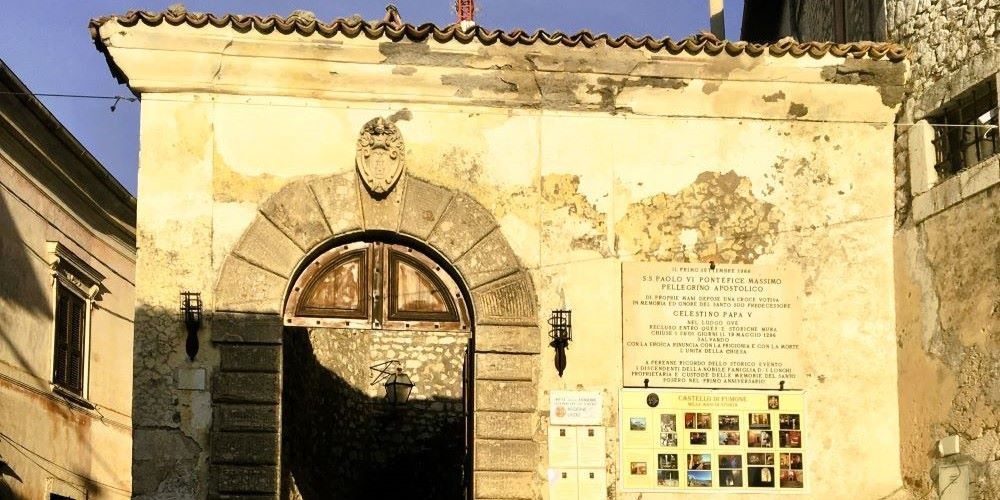
Ciociaria Fumone
Surrounded by the Hernici and Lepini mountains between Fiuggi and Alatri, Fumone is a small village which history has been lost in the midst of time. The legend tells this little town was founded by Tarquinius the Superb in the 5th century BC. Because of its geographic location, Fumone was used as military post and its castle, built over the centuries, during the Norman and Saracen invasions became the most important sight point of southern Lazio for the Papal State.
The castle is famous to be the place where Pope Celestine V was jailed in 1295 AD, after his abdication of the papal throne, and where he was killed probably by the will of Boniface VIII. Eight centuries later, the Longhi family is still the owner but the castle is open for the tourists; the main attractions are the Celestine V jail and the beautiful roof garden from which it is possible to admire a stunning landscape on the Hernici mountains up to the Colli Albani hills.
Isola Liri, the waterfalls of Ciociaria
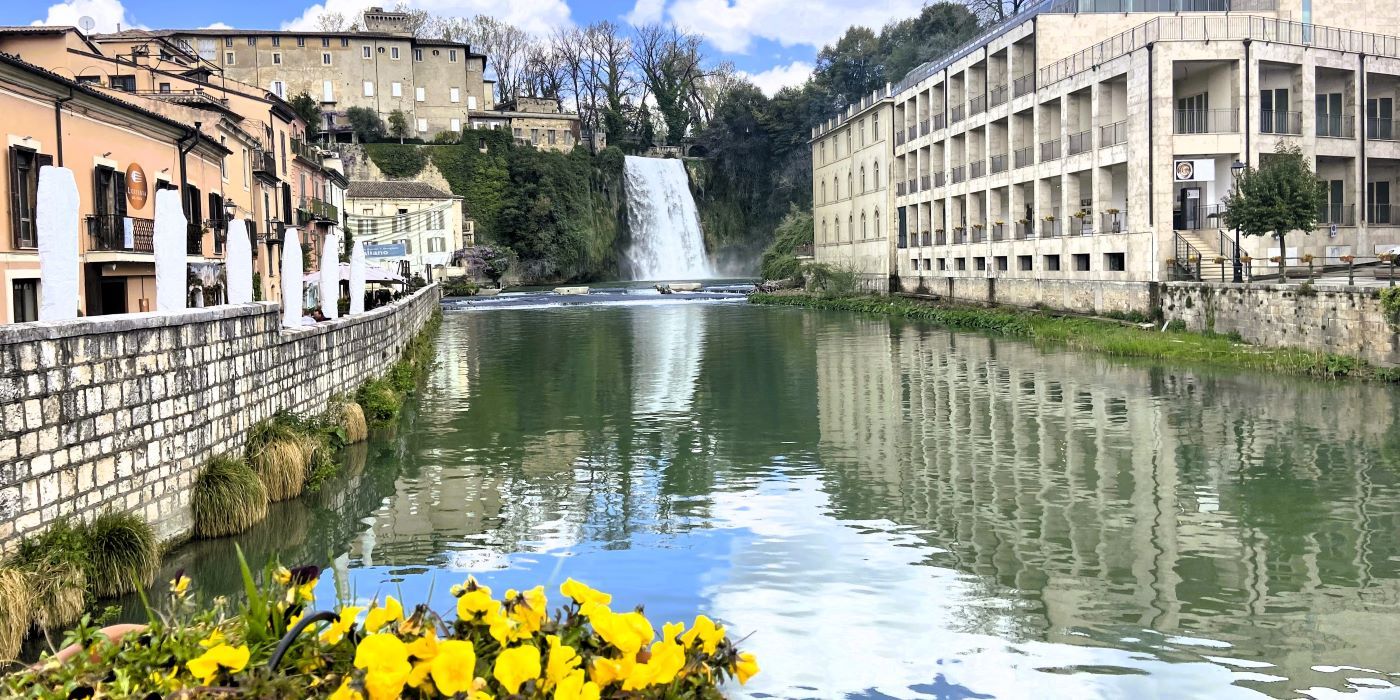
Ciociaria Isola Liri
Located south of Alatri in the heart of Ciociaria region, Isola Liri owes its name by the morphological location of its old town, an island formed by two arms of Liri river which sourrended the village. The main attraction of Isola Liri is surely Cascata Grande - the great waterfall, made by one of the two arms of Liri river, which jumps with its high of 27 meters in the city center. It is the only example in Italy, and one of the few in the world, of a waterfall located in a town, and it represents a surprise for everyone who visits Isola Liri for the first time. The other arm of Liri river makes another smaller waterfall, nonetheless fascinating, the so called Valcatoio waterfall.
In the point where Liri forks in two arms, it arises Boncompagni Viscogliosi castle, the other important attraction of Isola Liri. Built during medieval centuries as military fort, thanks to Della Rovere and Boncompagni families, the castle became an aristocratic residence. Declared a national monument, Boncompagni Viscogliosi castle is open to the public for tours in the boardrooms, in the gardens and in the Madonna delle Grazie chapel.
Trisulti, the charterhouse of Ciociaria
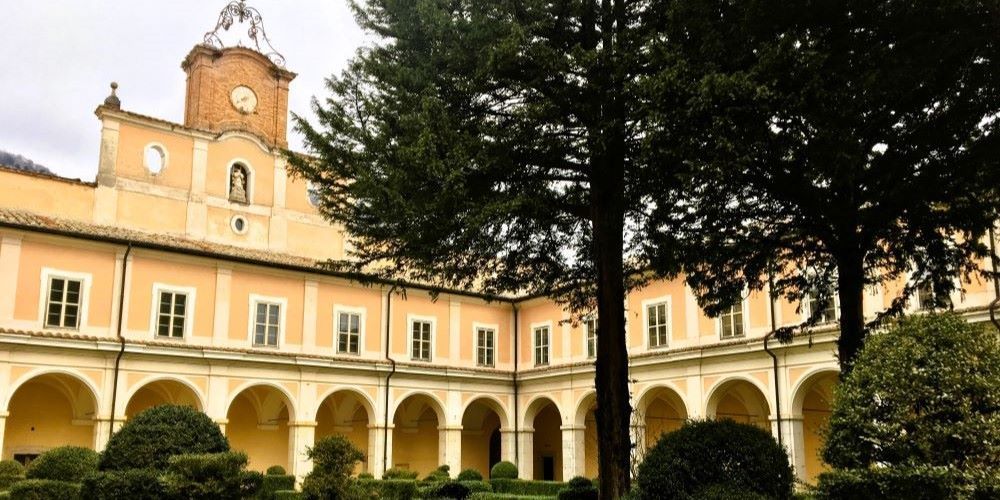
Ciociaria Trisulti
Located in the territory of Collepardo municipality, Trisulti charterhouse is one of the most beautiful and well preserved monaterys of central Italy, founded in 13th century AD by the will of Innocent III and currently entrusted to the cistercians monks. Although in recent years it jumped to the international headlines to have been granted in use to a group of sovranists led by Steve Bannon, Trisulti is nowadays back open to the public.
The charterhouse is part of the holy path of Saint Benedict of Norcia and it is sourrended by woods of Hernici mountains. Within its borders, Trisulti hosts the baroque church of San Bartolomeo, the 19th century pharmacy, a little gems painted with trompe l'oeil effects and furnished with original pottery, and the beautiful botanic garden still used by the cistercians monks.
Montecassino, the Abbey and the history of Ciociaria
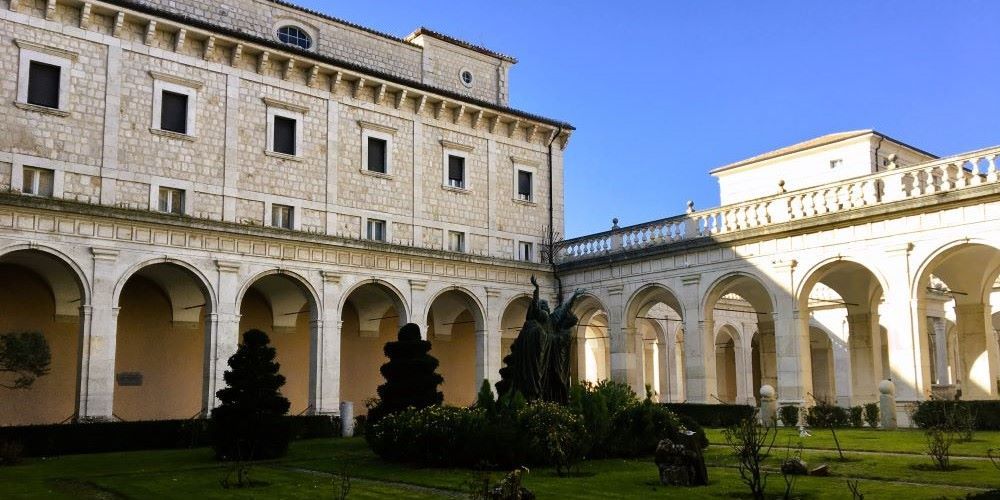
Ciociaria Cassino
It is the second oldest monastery in Italy, founded by Saint Benedict of Norcia in 529 AD, the birth place of werstern monasticism where it was written the “Regola Ora et Labora” (Pray and Work), Montecassino Abbey is an iconic place, where history and religion has stand together. With more than 1500 years of history, this monastery, placed among the path of Saint Benedict, has been destroyed and rebuilt several times, tha last one during the Second World War, on the occasion of the Montecassino battle between German forces and the Allied battalions.
The Abbey hosts a museum to remember this event which resulted fundamental for the final victory of the Allies, but into its walls Montecassino preserves also wonderful artistics gems. Three cloisters, one made by Bramante in 16th century, the chatedral which hosts the original chor and organ, the crypt decorated with gold mosaics, the library with more than 40.000 manuscripts, books and scrolls, and the museum with an archeologic collection covering 2400 years of history and where it is possible to admir the masterpiece of Botticelli “The Nativity”.
About the author
Written on 14/06/2023

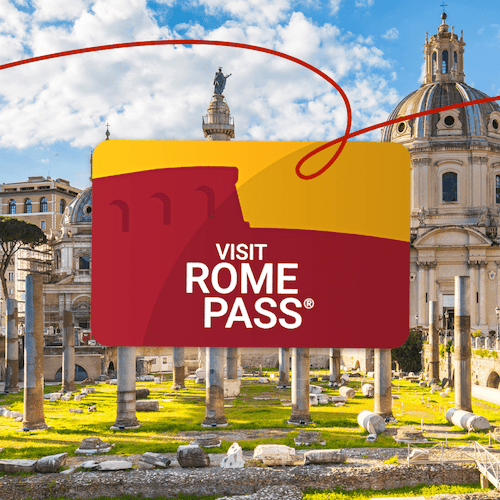
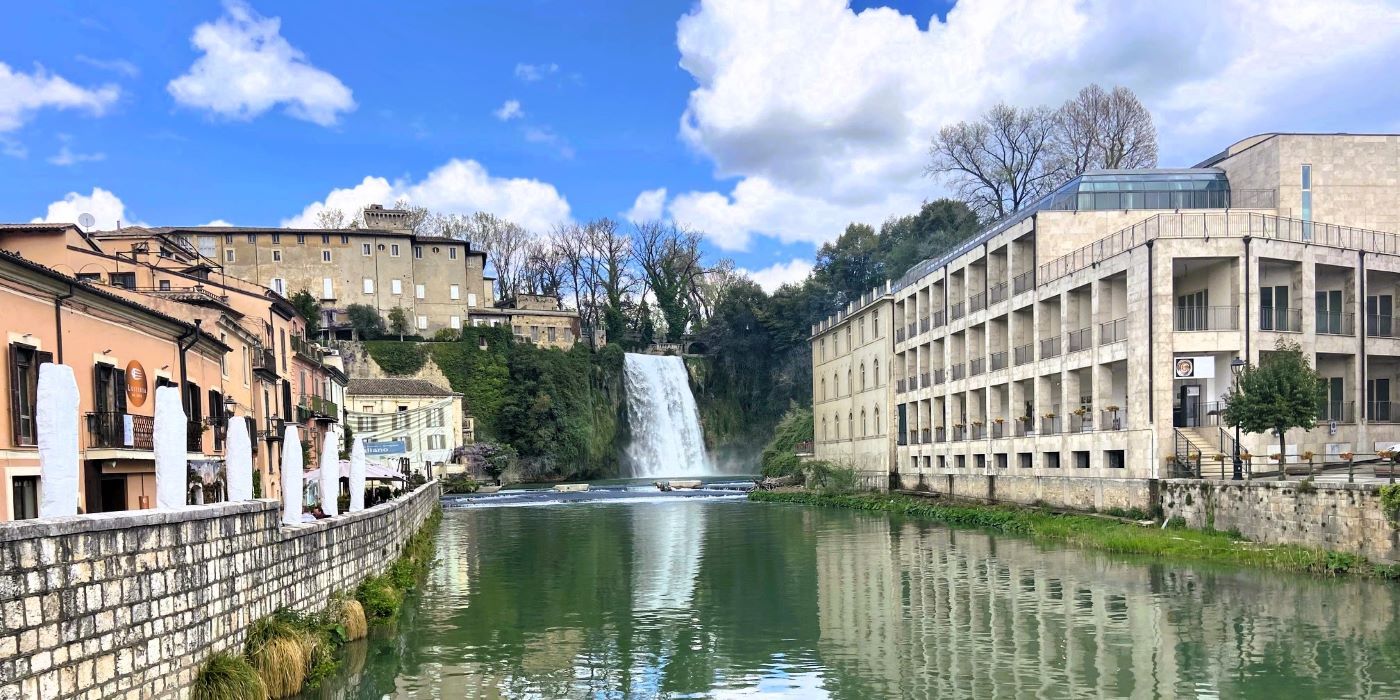

Elisa Verrazzo
South of Rome, Ciociaria surprises for its beautiful villages. Discover with us its hidden gems.